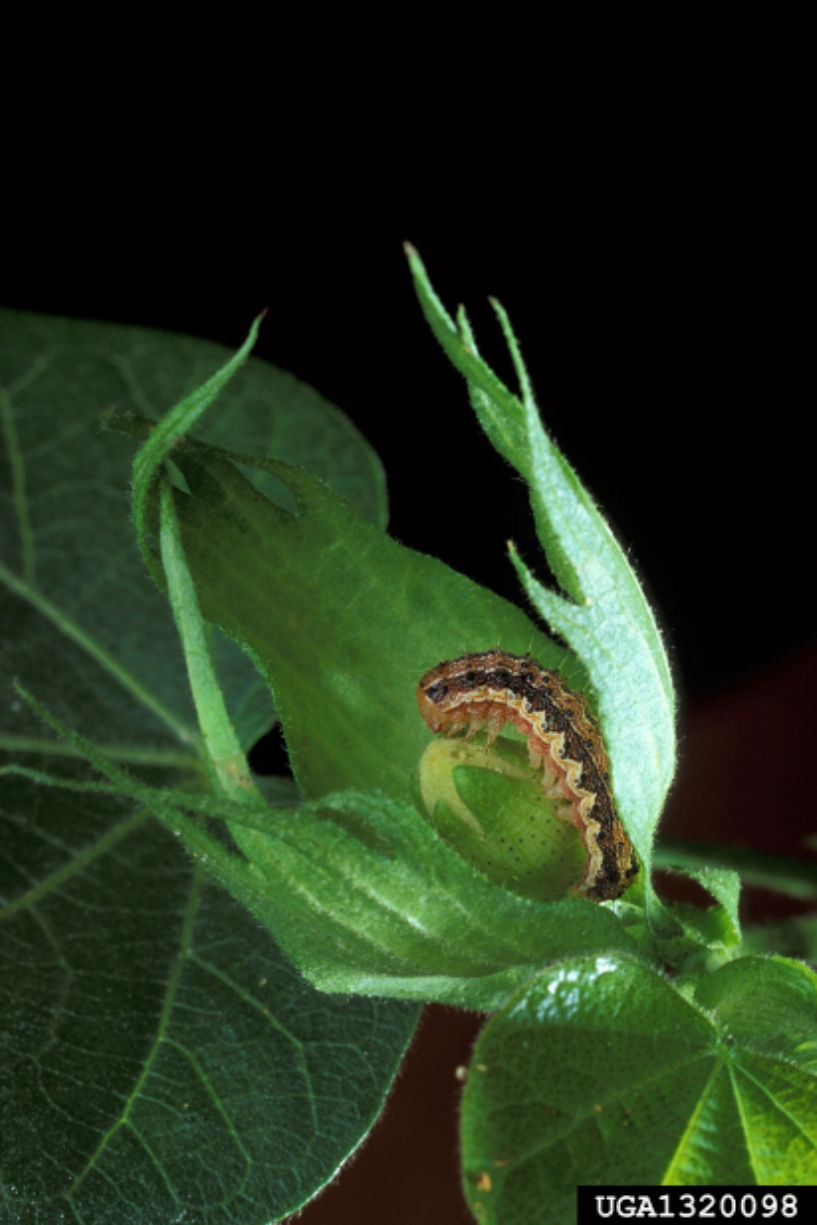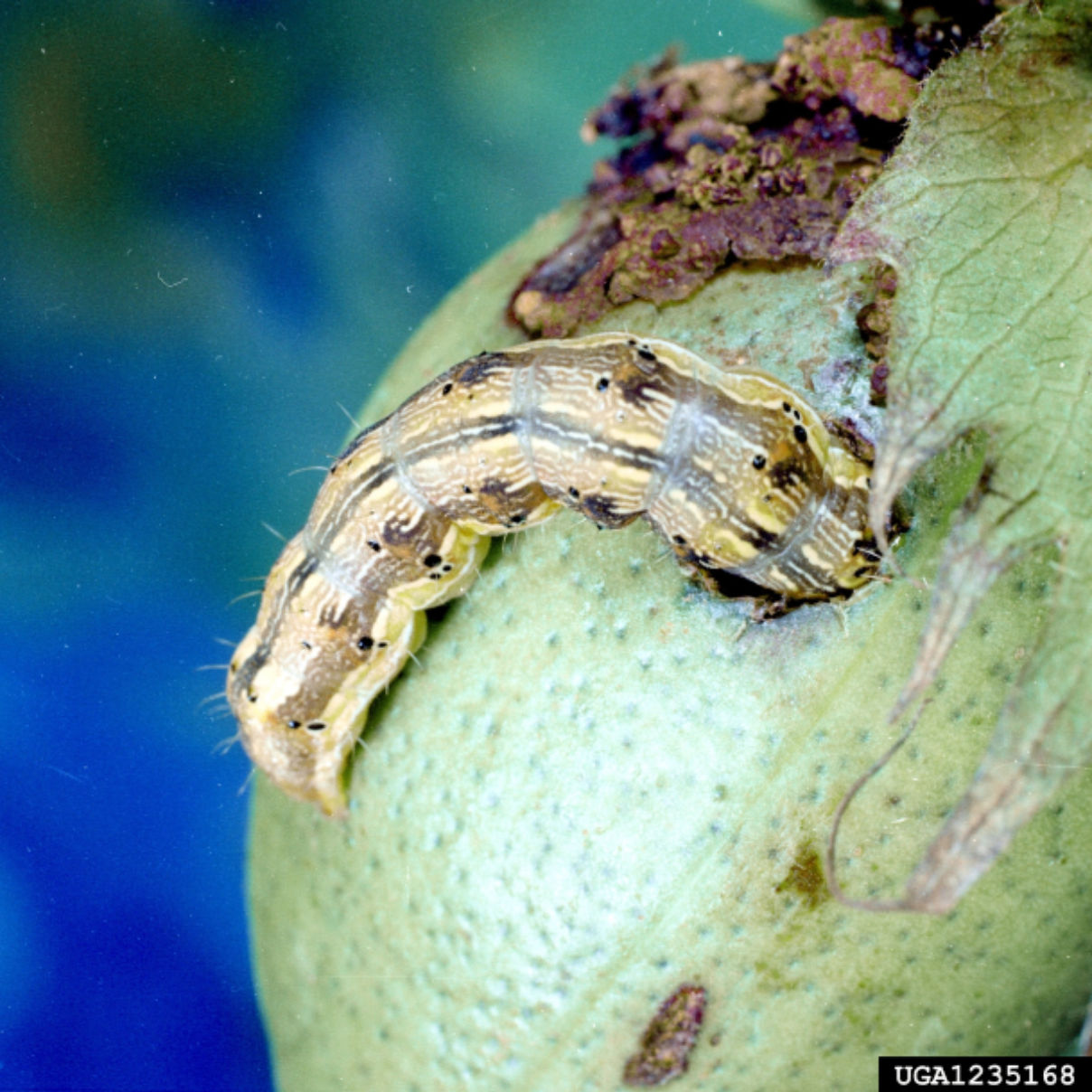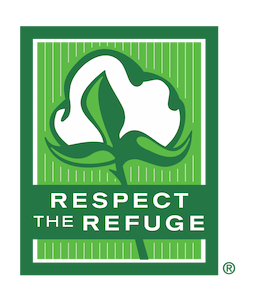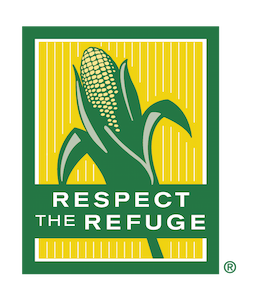5 MIN READ
Scout Early for Bollworms in Cotton
June 30, 2022
A relatively mild winter followed by regular precipitation and good growing conditions encourage a cotton crop to produce lush growth. These same conditions are ideal for bollworms. Transgenic cotton varieties with two or more B.t. genes have increased effectiveness against bollworms; however, under very heavy pressure, substantial injury and yield potential loss can occur if the crop is not protected with timely insecticide applications.
In corn-growing regions, bollworm moths typically deposit eggs in cotton fields after emerging from nearby cornfields. Bollworm moths can deposit eggs on either side of young leaves in the top third of a cotton plant. In B.t. cotton, moths may deposit eggs more often on blooms or bloom tags, as these plant tissues tend to have a lower concentration of the B.t. toxin.
Scouting
Entomologists across the cotton-growing region recommend scouting cotton for bollworm eggs and small larvae at the beginning of flowering. Scouting should continue, at least weekly, if bolls have the potential to mature and produce lint.
Examine the whole plant for larvae and damage. Include squares (Figure 1), white blooms (Figure 2), pink blooms, bloom tags, and bolls (Figure 3). For B.t. cotton, the larvae must feed on the cotton plant to receive a toxic dose, so the presence of eggs alone does not trigger the need for treatment.
Terminal and Square Inspection Method
- Separate the field into four or more sections.
- Inspect 25 plant terminals for small larvae followed by 25 green squares and 25 bolls for bollworms and bollworm damage.
- Make a note of how many squares and bolls were damaged or undamaged.
Whole Plant Inspection Method
- Separate the field into four or more sections.
- Inspect the whole plant of five randomly selected groups of three side-by-side plants per section.
- Calculate the percentage of damaged fruit.
For both methods, be sure to remove and check bloom tags as larvae may be hidden from view.
Chemical control may be necessary if local thresholds are met. Thresholds in B.t. cotton fields differ from those of conventional cotton and are based on how many worms survive to the late first- or second-instar larval stage and not on newly hatched larvae or the presence of eggs. Bollworm treatment thresholds vary from state to state. Check local extension recommendations for action thresholds based on cotton growth stage. Use a more selective insecticide, like those in the diamide, oxadiazine, and spinosyn classes, to prevent a secondary pest outbreak. Control is more effective when worms are young and found on the upper third of the plant.
IDENTIFICATION
Moths. Cream colored and medium sized. If cotton is slow to produce new leaf tissue, like in stressful conditions such as drought, or high temperatures and low humidity, moths may deposit eggs on the lower portion of the plant.
Eggs. Round, pearly white to cream in color and roughly the size of a pinhead. Eggs will turn light brown prior to hatching in three to four days.
Larvae. Roughly 1.5 inches long and can vary in color from light green, pink, or brown to black with stripes running along their back (Figure 3). Larvae begin feeding on young leaves, leaf buds, and small squares at the top of the plant before moving down the plant to feed on larger squares and bolls.
Sources:
1 Bollworm and tobacco budworm. Texas A&M AgriLife Extension. Cotton Insect Management Guide. https://cottonbugs.tamu.edu/.
2 Michaud, J.P. 2013. Cotton insects. Kansas State University. https://entomology.k-state.edu/.
1415_9657









